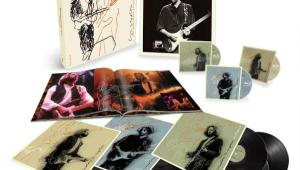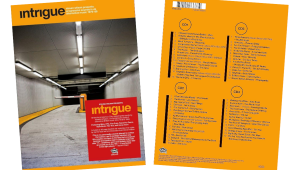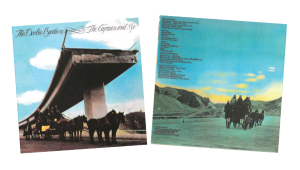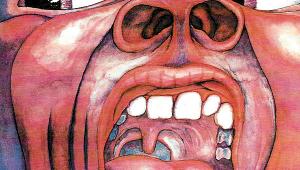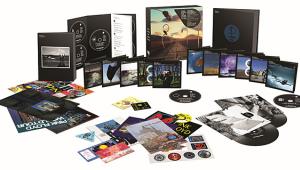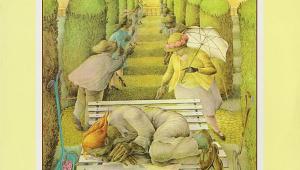Fleetwood Mac’s 1975 to 1987 6LP Collection, Mobile Fidelity’s Mirage and Tango in the Night 180g 45rpm 2LP Sets

Summertime, and the listening’s easy . . . or something like that. Well, what better way to avoid the unrelenting heat and/or the mugginess that’s hanging in the air than to head down to the cool, cool listening room and cue up some of the latest in vinyl reissuance excellence? Today’s purveyors of cool/hot sounds happen to be none other than a fairly universal favorite, Fleetwood Mac. (Yes, I suppose you could kinda do these listening sessions out near a pool or on a shaded beach somewhere as well, but work with me here, ok?)
The mighty Mac have seen the balance of their earlier career’s output reissued in box set form in recent years under the Reprise/Warner Records mantle via Rhino, in order to revisit and remaster the multiplatinum multinational band’s first two decades’ worth of output through both analog and digital offerings. First came a pair of 4LP collections, 2013’s 1969 to 1972 and 2020’s 1973 to 1974, both of which were then combined into 2020’s 1969 to 1974 8CD set that collectively features six studio albums (plus various unreleased live material and bonus tracks) chronicling how a staunch blues outfit forged in the late ’60s evolved into an FM-ready pop/rock collective in the ’70s. Then came The Alternate Collection, a 2022 Record Store Day Exclusive 7LP/6CD offering featuring truly intriguing alternate mixes for six of their midperiod albums, five of which would soon enough appear in their original forms on the 2025-released 1975 to 1987 6LP/5CD box set. The album that was left out of the latter collection was 1980’s Fleetwood Mac Live, which saw its own individually expanded 3CD/2LP+7-inch box set release in 2021, similar to how those other five studio LPs had also been expanded on their own in years prior. (Got all that? Good.)
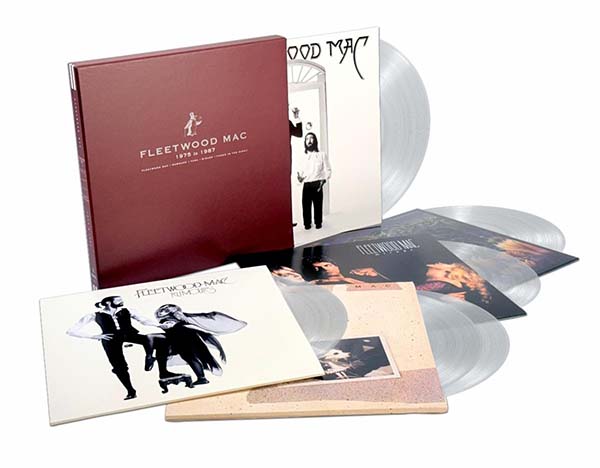
Of course, I have all of those collections in each of their respective physical representations, but for the purposes of this column, I’ll be focusing my commentary on the pair of ’80s releases in the 1975 to 1987 set—July 1982’s Mirage and April 1987’s Tango in the Night—along with their recent 180g 45rpm 2LP Mobile Fidelity counterparts. As briefly noted earlier, all five Mac albums in 1975 to 1987 are either spread over 6LPs (SRP: $149.98) or 5CDs ($49.98). The other three albums in that set—July 1975’s Fleetwood Mac, February 1977’s Rumours, and October 1979’s 2LP masterstroke Tusk (the latter of which drummer Mick Fleetwood once told me, and rightly so, that he thought it was vocalist/guitarist/production guru Lindsey Buckingham’s Pet Sounds)—are all worthy listens in and of themselves, but since I’ve written about them extensively here and here on S&V and elsewhere, that’s why I’m keeping this columns’ focus on their ’80s output.
At any rate, both of the 1975 to 1987 box sets can be purchased directly from the official Rhino Store here, as well as via Music Direct here, in addition to other fine online and indie record shops accordingly.
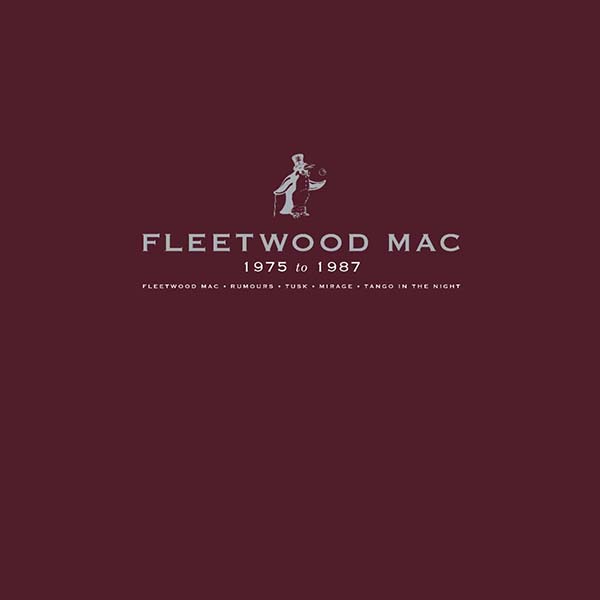
The 1975 to 1987 CD set is housed in quite the slimline case, and it will fit nicely amongst your other Fleetwood Mac discs, if you choose to go the digital-physical route. The 6LP set is the real banger, however, with each album in it appearing on “Crystal Clear” vinyl, a clear (pun intended) nod to a) the Stevie Nicks song “Crystal” that appears at the end of Side 1 on Fleetwood Mac, and b) Nicks’ follow-up lyrical reference to “I see crystal visions” in “Dreams,” the No. 1 single on Rumours. While I suspect many of us have those ’70s Mac LPs in one form or another in our collections already, getting clean, new, virgin clear-vinyl options for each of them might be something worth considering.

As for the pair of MoFi 180g 45rpm 2LP sets, both Mirage and Tango have been sourced from the original ½-in 30ips analog master tapes to DSD 256 to an analog console to the lathe, as pressed at Fidelity Record Pressing. The mastering was done by Krieg Wunderlich at Mobile Fidelity Sound Lab in Sebastopol, California, using their GAIN 2 system. These 2LP sets are numbered, come in sturdy Stoughton gatefold jackets with each LP housed in an audiophile-grade plastic sleeve. These double albums have a respective SRP of $59.99 each, and their Hybrid SACD counterparts go for $34.99 each. You can purchase any/all of these editions directly from MoFi here.
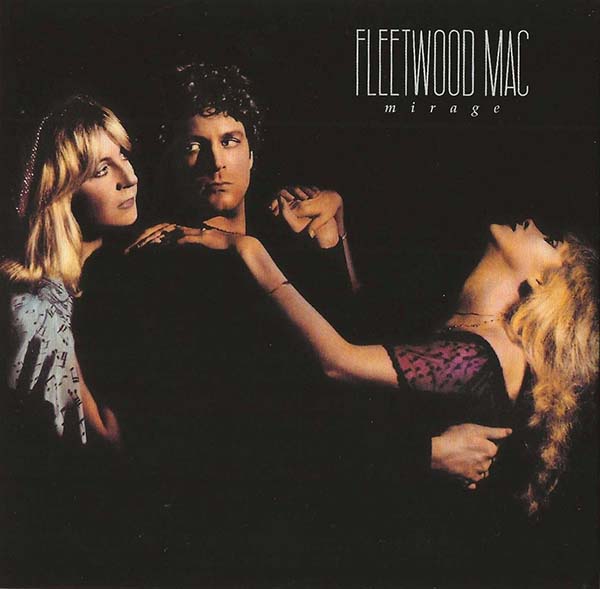
And, with that, onward to the ’80s Fleetwood Mac reviewing we go! The double-platinum Mirage is the album that “recentered,” if you will, Mac’s chart-world dominance in 1982, with the aforementioned Buckingham dialing back his ambition as a producer to co-helm a sweet pop confectionary tale that teetered atop the shifting sonic tides of the times. Though not as substantive as the albums that both precede and follow it, Mirage nevertheless has its own indelible moments.
“Gypsy,” still one of Nicks’ best songs, is replete with aural gems, as heard on the box set edition (Side 1, Track 5)—her brief “doo-doo doo” scat before the second verse, the full wash of wordless harmonies all throughout, Buckingham’s dual reads on “lightning strikes / maybe once, maybe twice” ahead of his understated guitar solo, and Nicks’ extended “oooooh”s in the back half that instantly bring her 360-degree body twirls to mind (see the song’s lavish mostly B&W period-piece video below for but a few rain-soaked examples).
Christine McVie’s “Hold Me” duet with Buckingham (Side 2, Track 3) is slathered with so many wonderful touches, such as the “come on and” chant slightly back in the mix, the chiming 12-string acoustic lines, delicate piano intro, tambourine and conga flourishes, and brief electric guitar strumming in spots that practically mirror a muted cowbell. Plus, this No. 4 single spawned one of the most expensive videos of the burgeoning MTV era, which is included below for your sand-trodding pleasure.
Meanwhile, Buckingham’s pensive “Eyes of the World” (Side 2, Track 5)—a textbook case of capturing someone just a tick away from being fully unhinged—is the main callback to his Tusk proclivities (the oddly enticing wide percussive field, the acoustic/electric chordal juxtaposition), and it’s a song that benefited even further by receiving an extra layer of vigor whenever he and the Mac performed it live.
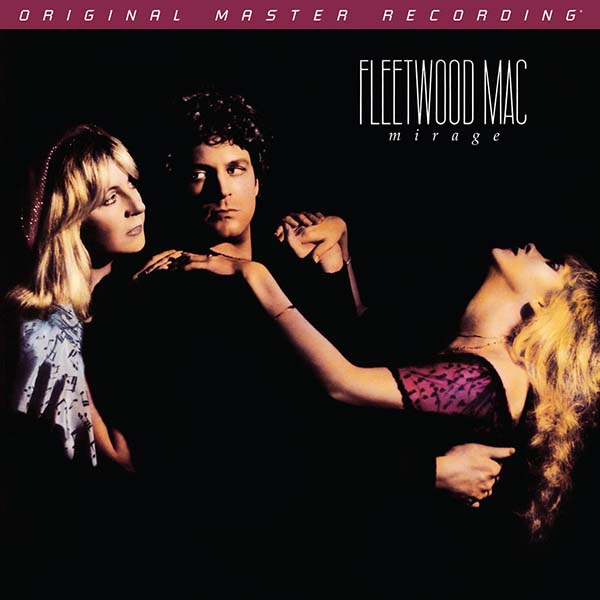
On the MoFi edition of Mirage, repeat listens will find you zeroing in on the not-so-hidden charms of McVie’s tender “Love in Store” opener (LP1, Side One, Track 1), where her lead vocal soars slightly above the center plane while the vocal blends on the chorus tend to nestle center left. Plus, you’ll better discern the individual character of each participant in that McVie-Buckingham-Nicks vocal axis, especially during the “ooh-whoa-ohh-ohh-ohh”s in the back half of the track.
Other MoFi Mirage highlights include McVie’s Dennis Wilson dedication “Only Over You” (LP1, Side Two, Track 3) and its subtly insistent, recurring “emergency” keyboard notes back in the mix; Nicks’ almost countrified “That’s Alright” (LP1, Side One, Track 3) and lilting “Straight Back” (LP2, Side Three, Track 2; essentially, it’s her “they keep pulling me back in!” lament), and the twisted bicoastal metropolitan push/pull of Buckingham’s “Empire State” (LP2, Side Three, Track 1), which is also keenly framed with a lap harp—plus his rockabilly-tinged “Oh Diane” (LP2, Side Four, Track 1).
Perhaps the overall secret cool of Mirage is that, whether you play it back at 33⅓ or 45 (though I tend to prefer it at the MoFi 45!), it holds up much better than you may think. I’m just around the corner / If you got a minute to spare. . .
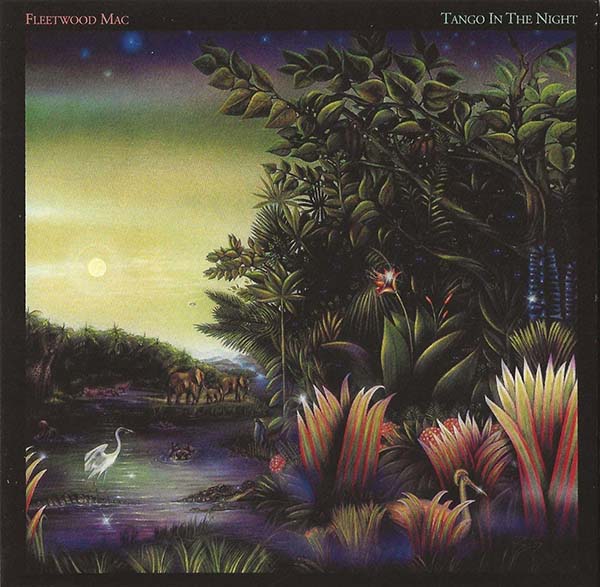
The real treat to (re)visit in the 1975 to 1987 box set (and via its 2LP MoFi counterpart, of course; more on that in a bit) is 1987’s Tango in the Night, which is Mac’s second-best-selling LP after youknowwhat. Tango (15 million copies sold worldwide, and counting) started as a Buckingham solo project before he turned its core elements into the backbone of this album—and you can hear his production genius all throughout, as he makes sure the arrangements are crisp, clear, and wide open enough to make the song and the singer the centerpiece. His own “Big Love” opens the proceedings (Side 1, Track 1)—and, yes, that is indeed him and him alone doing the “uhh” / “ahh” tradeoffs with his own varispeeded vocal. Check out the clever video for this one below.
Nicks’ wistful “Seven Wonders” (Side 1, Track 2) and McVie’s breezy, breathy singalong “Everywhere”(Side 1, Track 3) immediately follow, both as seductive a pair of earworms from that era as you’ll remember. Take note of the wide, playful “ohh” / “ohh-ohh” vocal counters that pan across the full width of the soundstage that sweeten the end of “Everywhere”—which all come across even sweeter on the MoFi edition (where it appears on LP1, Side One, Track 3).
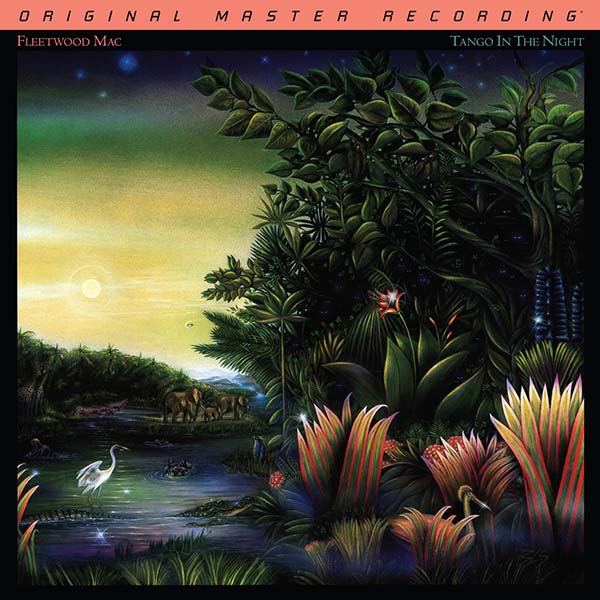
Buckingham’s massive “Tango in the Night” anchors Side 1 of the box set edition, and it has even greater impact in its LP1, Side Two, Track 2 MoFi edition incarnation. The MoFi version easily wins out here, with its pensive tap-tap-tap percussion and dreamy, sensual lyrical presentation that all lends it to being a direct sequel to “Play in the Rain” from Lindsey’s July 1984 solo album on Elektra, Go Insane. Each time he holds the “o” at the end of “tango” through slabs of enormous, layered guitar riffery for what seems like an endless number of bars never fails to excite.
Sadly, the guitar solo and the song itself fade out just as things really get cooking—most likely the result of Buckingham putting on his co-producer hat there in order to leave enough room on the original LP side for his other bandmates to shine with their own songs. A few decades later, Buckingham wouldn’t hold back on how he presented the third song in this likely unintended trilogy—the 6-minute “Come,” on Mac’s overlong April 2003 comeback on Reprise, Say You Will—wherein its own blistering solo goes on as long as it needs to get to the release valve, and one that became an even more extended live highlight whenever he performed that song during latter-era Mac tours. (Note to the powers that be at MoFi: Can y’all possibly see about doing a multidisc 45rpm edition of Say You Will at some point? It may need at least six sides to fit in all the tracks, but still. . .)
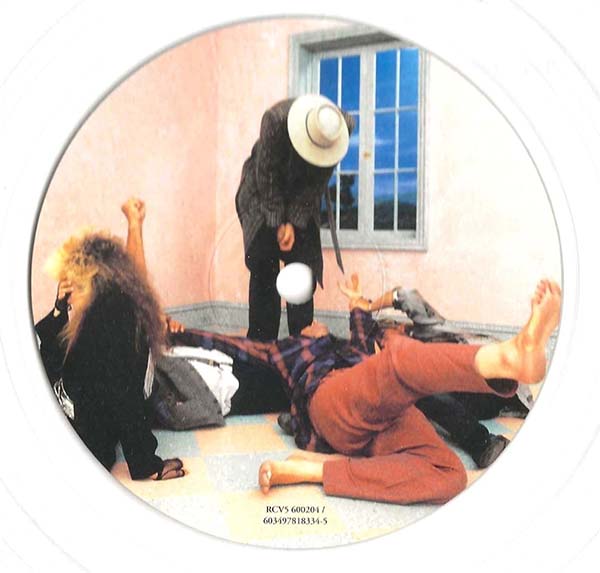
Side 2 of Tango is no less thrilling on the 1975 to 1987 version, with the sweet stabs of the opening gambit “Little Lies” (Track 1) giving all three lead vocalists their due. Buckingham’s “Family Man” (Track 2) is another deep cut reflecting his inherent quirkiness (dig those Spanish guitar lines punctuated by rolling castanets), while Nicks’ “Welcome to the Room. . . Sara” (Track 3) serves as her bold rehab confessional.
McVie’s muscular “Isn’t It Midnight” is the Side 2 linchpin, but it offers even more heft on the MoFi edition (LP2, Side Four, Track 1), wherein her layered observational tone practically lives in the clouds as Buckingham’s foreboding, monotone repeat of the line “the face of a pretty girl” adds some chill to the bones. “Midnight” also fades a tad earlier than perhaps it should have—but, again, this is where Lindsey the co-producer’s prerogative to serve the greater good rather than individual artistic goals came to the fore. (The always reliable Richard Dashut was Buckingham’s co-producer on both of these ’80s Fleetwood Mac albums, in case you were wondering.)
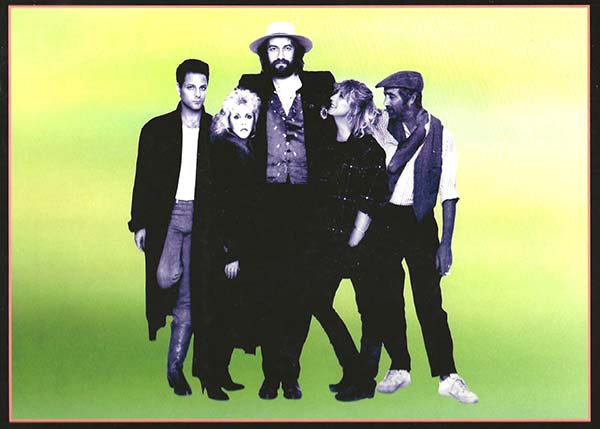
And the fact that I’ve barely mentioned the band’s truly ace rhythm section—bassist John McVie and drummer Mick Fleetwood—by name until now tells you just how bloody good they are at locking in as the backbone to every song in front of them while letting everyone else have the spotlight. They’re that flippin’ good, people—and it’s the main reason why their cofounder—the late, great guitarist/vocalist Peter Green—named the band after his favorite rhythm section, all the way back in 1967.
That said, if you do want to marvel at some of the Fleetwood/McVie tandem’s unsung VIP moments, cue up “Can’t Go Back” on the MoFi version of Mirage (LP One, Side 1, Track 2) to hear Mick’s stellar snare work and ensuing percussive accents buttressed hit-by-hit by John’s locked-in low-end notes ahead of Buckingham’s guitar hooks. Then go to the MoFi version of “Everywhere” (LP One, Side 1, Track 3) and marvel at how Mick’s extra-taut snare and percussion work along with John’s melodic bass runs help carry Christine along on the verses but then drop back on the choruses and the “ohh / ohh” vocal tradeoff section to let the song’s other elements shine until the fade.
I could go on (as I know you know I would!), but if you don’t have all five of the superstar-era Fleetwood Mac albums in your collection in clean, playable form, you could do worse than to pony up for the 1975 to 1987 collection on vinyl. Comparatively speaking, if you want to put a laser-focus on the pair of ’80s albums dissected at length here and spend $30(ish) less collectively on the two MoFi 2LPs sets instead of the full nut you’d pay for the 6LP set, then I would heartily recommend getting both MoFi editions as the route to choose for your primary Mirage / Tango listening.
The bottom line here is quite simple—whichever aural road you choose to travel with them on, Fleetwood Mac: Mach 1980s have an endless supply of big, big love awaiting your ears. There’s a magic surrounds you / Tell me where your secret lies. . .


